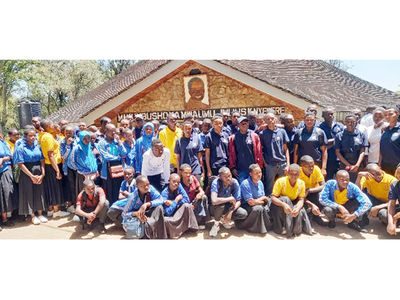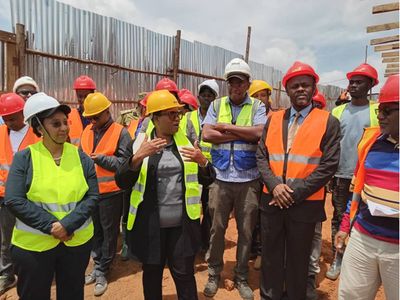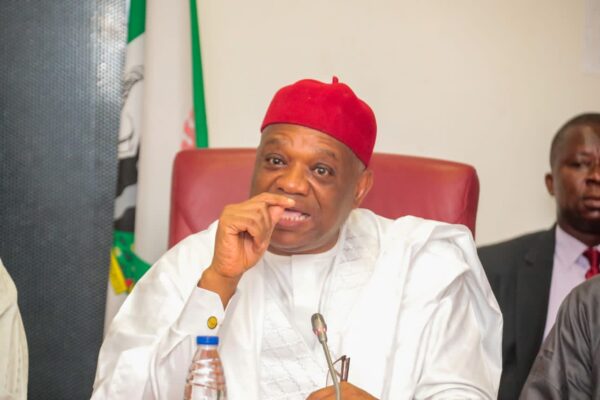
More than half of Tanzania’s current population was born after the death of its Founding Father. Mwalimu Nyerere will remain a polarising figure in the country he led to its independence.
It’s been more than two decades since he passed away, and millions of visitors from around the world have flocked to his ancestral home in Butiama, where a museum dedicated to his lifetime and achievements is situated.
The museum plays a key role in the influx of international and domestic tourism in the area, much to the delight of the surrounding communities. To older Tanzanians, the boomers and millennials, they got to witness Nyerere’s charisma.
His intellect and sense of humour remained evident even after he stepped down and retired.
The younger generations weren’t so lucky; their account of the founding father came from parents, school lessons, and social media clips.
The custodians of the history of Tanzania, the National Museum and House of Culture, have, over the years, diligently used all means at their disposal to attract young Tanzanians to visit their numerous centres in hopes of keeping the history of the nation alive among the youth.
On Nyerere Day, their headquarters on Shaaban Roberts Street in Posta city centre, Dar es Salaam, held a special Nyerere Exhibition that attracted hundreds of students.
Their aim is to remind them of this leader who united the nation a long time ago, before they were even born.
Ms Eva Satiel, a curator at the museum, was at the helm, guiding groups of these children as they were making their rounds around the museum. from the vehicles he used during his quest for independence to the last car that drove him to the airport as he headed to London for treatment.
Ms Eva spoke on the importance of making sure the children understand Nyerere’s principles of unity, love, and peace, and why it’s now more important than ever to instil that mindset in children.
Though the museum is an old tourist attraction that used to predominantly receive international visitors, for years now, they have deliberately aimed at the domestic population with successful community outreach programmes and special-priced visits for local schools.
“This generation that came after Mwalimu was gone should know of the sacrifice and the efforts of the previous generation that have made them live in the current peaceful and free atmosphere,” she said.
She said the reason the National Museum and House of Culture is celebrating Mwalimu’s life is to serve as a show of appreciation for his selfless acts, in hopes that the children will learn that serving their nation selflessly is a calling for all Tanzanians.
“They should learn to serve their nation and leave a legacy, and we teach them that early on,” she added.
The museum-going culture among Tanzanians is still not at the desirable level.
They are now investing in publicity and marketing to attract as many Tanzanians as possible. “A young Tanzanian once came here and was surprised to not have known of our presence when she was a student at IFM, which is just next door,” she mentioned.
Their school outreach initiative has been a huge success.
They visit these schools to showcase what they have to offer; often, they have fun activities to keep the young students fully engaged and excited to look forward to visiting the museum. From cutting raw meat using the Stone Age tools to singing patriotic songs.
They are fully committed to connecting with these students who, in decades to come, will be tasked with keeping the history alive for their offspring. ‘The outreaches are aimed to showcase in brief what they will learn in length when they come to visit us at the museum,’ she explained.
Some of these young Tanzanians who visit the National Museum don’t fully grasp how life was before independence and the magnitude of how Nyerere and his peers had to outmanoeuvre the colonial administration to gain independence.
Eva has constantly been asked by the children about life before independence, with many thinking, even before Nyerere, there were presidents and elections were regularly held, like what they see now.
It is that kind of assumption that makes the museum curator work extra hard to ensure that history is ceaselessly taught to every young Tanzanian.
One cannot assume every
Tanzanians know our history. Every day the country is moving further and further from the times of emancipation of the country.
The further we go, the more effort has to be invested in teaching the generation that is far removed from those times.
The National Museum and House of Culture in Dar es Salaam possesses just a portion of the pictures and artefacts showcasing his life and times.
From a collection of pictures, from when he landed at Dar es Salaam airport coming from a UN general assembly meeting demanding Tanzania’s independence to his time as a family man tapping a drum sitting next to his young son, Madaraka.
These pictures have always fascinated international tourists visiting the museum. But to young Tanzanian students, this is vivid evidence of a man they have known as the father of the nation but have never seen in person or walked the earth at the same time he did.
As Mwalimu Nyerere stood for peace, the museum curators teach the children about the importance of keeping the peace, and responsibility doesn’t only lie with the leaders, but it’s for every Tanzanian.
The new generation requires a new approach; employing multimedia exhibition, social media interaction, and presence has been key to relating with the youth.
The National Museum has done just that. The National Museum has also recruited young Tanzanians to introduce fresh perspectives.
The government that has, of recent times, invested heavily in tourism has also had a portion of it reserved for the National Museum, which has been crucial to expand their activities, including the school outreach programmes.
“For the students who are far from the museums, we have books on Nyerere and frequent social media posts on our founding fathers that we share with them,” she said.
Acting Director General and Director of Museums and Antiquities, Ms Adelaide Salema, has thrown her weight behind these vital initiatives aiming to educate the young generation.
As Mwalimu Nyerere remains an attraction to international tourists, scholars, and researchers extra effort is dedicated towards Tanzanian children whose future holds.
Will a day ever come when children in Tanzania will forget about Nyerere? Well, it’s 26 years now, but his presence is ever evident.
But it is through intentional and coordinated efforts that his memories are alive. That should not be taken for granted, and efforts should not be relaxed.
“They were born when he was not here, but they know of him, so they will also teach their children and grandchildren in the future,” she said.Read More




